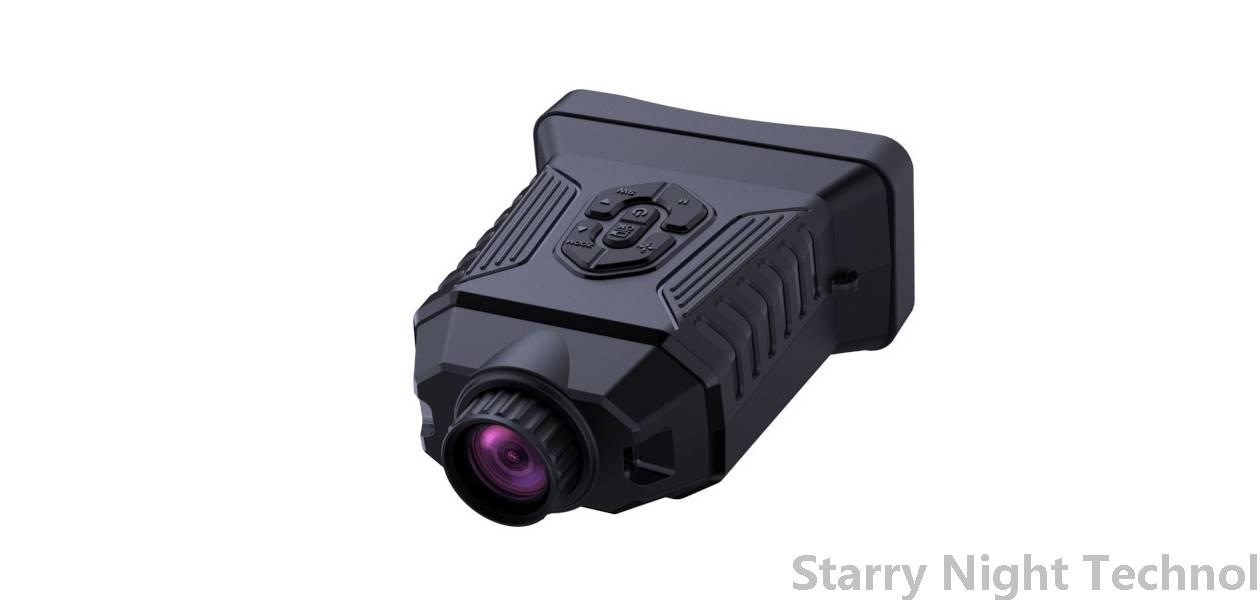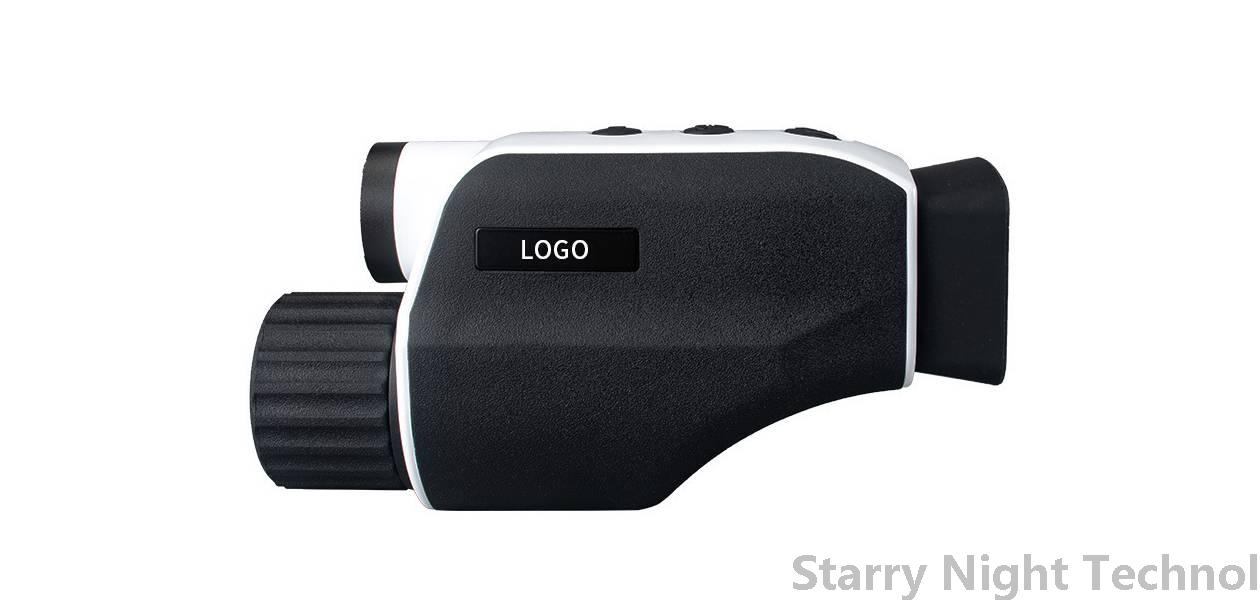The Sentinel of Concealed Cameras: Guardian of the Dusk
1754791218000

As twilight descends and shadows grow longer, urban landscapes transform into a realm filled with palpable energy and hidden stories. Striking a balance between safety and privacy, concealed cameras have emerged as both watchful sentinels and points of contention in modern society. The proliferation of these technologies illuminates not only our streets but also reflects deeper questions about surveillance, security, ethics, and even human behavior.
### The Rise of Invisible Eyes
In recent years, cities worldwide have embraced advanced technology to combat crime, ensuring that their residents feel safe whether strolling through downtown avenues or waiting at darkened bus stops. Concealed cameras serve as intimate guardians—armed with motion sensors, night vision capabilities, and real-time feeds. While some see them as indispensable vanguards against vandalism and violence, others contest their presence, raising concerns over civil liberties and the right to anonymity.
Statistics support the case for increased surveillance. According to a report from the Institute for Criminal Justice Studies, areas under regular camera monitoring have seen up to 30% reductions in property crimes. In the UK, notoriously known for having one of the highest concentrations of CCTV cameras globally, evidence suggests that omnipresent surveillance has deterred petty theft and provided law enforcement with invaluable tools for solving crimes post-factum.
However, while their purpose often focuses on prevention, critics argue that such systems tend to perpetuate an atmosphere of suspicion and can lead to inadvertent biases. Communities vulnerable to policing practices feel they are disproportionately monitored, creating a schism that leads to deeper social rifts rather than unity.
### Balancing Safety and Privacy
Navigating the complexities of concealed cameras requires confronting ethical dilemmas. How do we safeguard personal information in times marked by rapid technological development? Should citizens be informed when observing goals being documented?
To address these issues, legislative measures are increasingly scrutinized. Laws governing public surveillance aim to instill transparency in operations. For example, various jurisdictions mandate signs warning individuals of camera presence in public spaces, ideally promoting trust and accountability.
Nevertheless, laws often lag behind technology's relentless march forward. Data breaches and misuse by private entities offer stark reminders of potential abuses. High-profile incidents where hackers gain access to public feeds keep global discourse alive; it sparks fears that voyeurism lurks behind every lens.
Moreover, the shift towards utilizing artificial intelligence (AI) and facial recognition algorithms raises additional intricacies. These evolving technologies possess formidable capabilities—to analyze crowds, recognize patterns, and predict criminal activity—but can perpetuate systematic biases. Instances abound, showcasing how AI misidentifies individuals based on race or gender profiling, compounding societal inequities.
 Public sentiment is polarized regarding the emergence of concealed cameras as modern-day protectors. Some communities enthusiastically endorse enhanced security efforts, appreciating reassurance in high-crime zones. Hoping to share access to collective resources, neighborhoods contemplate integrating camera networks—a community-based sharing model redefining city safety dynamics.
Public sentiment is polarized regarding the emergence of concealed cameras as modern-day protectors. Some communities enthusiastically endorse enhanced security efforts, appreciating reassurance in high-crime zones. Hoping to share access to collective resources, neighborhoods contemplate integrating camera networks—a community-based sharing model redefining city safety dynamics.Conversely, outright opposition persists. Advocates for privacy remind us that excessive control breeds discomfort. Social psychologist Sherry Turkle maintains that constant connections diminish "solitude," claiming eroded boundaries impede true self-exploration. People worry losing their ability to engage without scrutiny transforms what once felt ordinary into an apprehensive act carefully choreographed for imaginary audiences.
Additionally, humorist Jon Stewart posited that witnessing life unfold sans filters colors events uniquely. Tensions arise from being observed so thoroughly in everyday actions, questioning if authenticity vanishes when parallel realities converge with curated existences.
### Forward-Thinking Futures
Addressing the dual threats of vulnerability and empowerment encompasses nuanced conversations around rights, duties, and compromise. As cities evolve—wielding advanced illumination technologies for positive impact—we confront an uncertain landscape shaped by invisible watchdogs.
Strategies seeking balance must continue marrying tech-savviness with profound respect for individual autonomy. Education on data ethics could play a pivotal role in shaping future implementations—nurturing awareness surrounding captured footage and engaging users with participatory mechanisms promoting dialogue and reaction.
Cities might consider strategies where concealed cameras perform dual roles—not solely surveilling for security but offering insight back to citizens. Facilitating discussions among urbanites narrows gaps, enabling groups to appoint in-kind representatives voicing collective values forged amid ambiguity. This should dissolve arbitrary separations—the marginalized versus those prioritized for protection—and cultivate richer viewing experiences.
Integrating robust governance frameworks ensures checks impose caution before pursuing expansive deployments. Furthermore, initiatives reassuringly guiding data use may galvanize public confidence. Trust coupled with increasing sophistication forms better approaches blending humanity’s inherent need for connection while accepting well-informed oversight against decay born of unchecked power.
### Conclusion
As dusk beckons silhouettes across our cities, concealed cameras will undoubtedly remain crucial components safeguarding fragmented societies. We find ourselves at crossroads merging morality, utility, and optimism into visible pathways stemming beyond mere surveillance towards fostering interactive communal states. Society embarks on reconciling perfectly imperfect contradictions embedded within any enclosure—all while discerning the presence of encroaching eyes means we navigate darker specters together. Being vigilant isn't solely protecting personal comfort; actively shaping our relationships with ever-watchful devices cultivates meaningful legacies amidst prophetic lights shrouded in mystery.
Which is a good supplier for night vision device accessoriesStarry Night Technol

